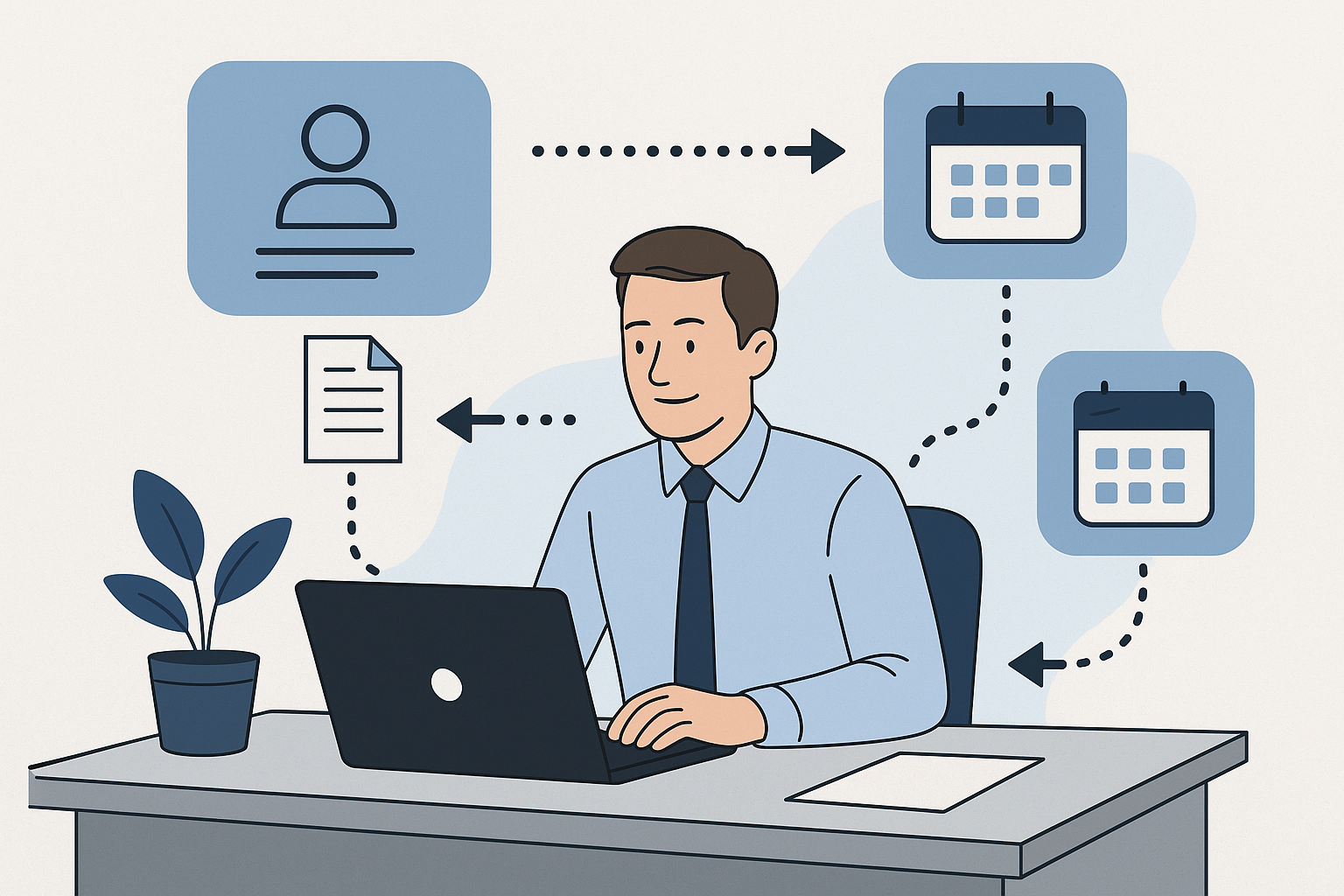How to Streamline Your Customer Onboarding in 24 Hours

Because first impressions shouldn’t feel like assembling IKEA furniture blindfolded
Let’s be honest – most small to mid-sized businesses (SMBs) want to impress their new customers straight out the gate. But instead of a smooth onboarding experience, many are offering a clunky mess of email chains, manual data entry, and the general digital equivalent of “bear with me while I find that in the system somewhere”.
Not exactly the red-carpet welcome new clients are hoping for.
So, how do you roll out the VIP treatment without hiring a battalion of admin staff or sacrificing sleep? Simple: workflow automation. And no – it’s not just for the big boys with ten-figure budgets and a caffeine addiction. With the right setup, even a two-person dream team can deliver an onboarding experience that feels seamless, slick, and sorted. In under 24 hours.
Step 1: Map the Mayhem (a.k.a. Know Your Process)
Before you automate anything, you need to understand what you’re actually doing. That means mapping out your current onboarding process – warts and all. Who does what, when, and how many “just chasing this up” emails are being sent in the process?
Common onboarding tasks include:
- Collecting basic customer info
- Creating accounts
- Sending welcome emails and documents
- Assigning internal tasks
- Scheduling kickoff meetings
Once it’s on paper, it becomes painfully clear where the bottlenecks are. Don’t worry – we’ve all been there. One client had six different spreadsheets and a whiteboard involved. We don’t talk about that project anymore.
Step 2: Automate the Admin (Because Humans Deserve Better)
Admin tasks are the office equivalent of washing up after a dinner party. Necessary, but soul-destroying. Luckily, automation tools are here to take the pain away.
Here’s what we recommend:
- Forms + CRM Syncing: Use tools like Typeform or Jotform to collect customer data and automatically sync it with your CRM (like HubSpot or Zoho).
- Automated Emails: Set up welcome sequences that send as soon as a client signs up. Bonus points if you personalise them (without making it sound like a robot pretending to be your mate).
- Task Assignment: Use platforms like Trello, ClickUp or Monday.com to trigger internal tasks for your team the moment a new client lands.
- Scheduling Tools: Hook up something like Calendly to make booking kickoff calls easy. No more “What time suits you?” tennis.
Boom – that’s half a day saved, and no one’s cried into their tea yet.
Step 3: Keep It Human (Yes, Even with Automation)
There’s a myth that automation = robotic. But that’s nonsense. Think of automation like a helpful butler: always there, always polite, never trying to upsell you crypto.
Keep your messaging friendly, and personalise wherever you can:
- Use the customer’s name.
- Mention their company or industry.
- Give them one human point of contact, not “the team”.
People want to feel like they’re dealing with a pro, not a vending machine. And you can absolutely do both.
Step 4: Test the Flow (Ideally Before It Hits a Real Customer)
It’s tempting to hit “launch” and walk away. But unless you want your automation sending emails to “{FirstName}”, run a test or two.
Pretend you’re a new customer. Fill in the form. Read the emails. Walk through the journey. If anything feels clunky, fix it. If it feels smooth? Congratulate yourself and have a biscuit.
Step 5: Measure, Tweak, Repeat
Once it’s live, keep an eye on the metrics. Are customers completing the process? Are you getting fewer “I’m confused” emails? Is your team saving time?
If not – iterate. The beauty of automation is you can improve it continuously. Like a fine wine. Or your dodgy attempts at making TikToks for your business (hey, we’re all trying).
Final Thought: Start Simple, Start Now
You don’t need to automate everything in one go. Start with the pain points, automate the repetitive stuff, and scale from there.
At Tier 3 Solutions, we help SMBs like yours ditch the onboarding chaos and build smart, simple workflows that just work. If you’re still manually entering client details while muttering under your breath – let’s talk.
Because onboarding shouldn’t be a nightmare. And it definitely shouldn’t require a spreadsheet named “Final_Final_UseThisOne2.xlsx”.
